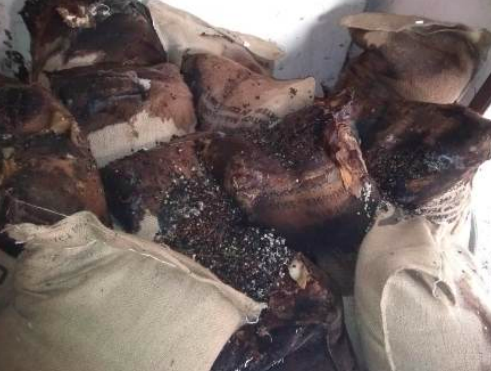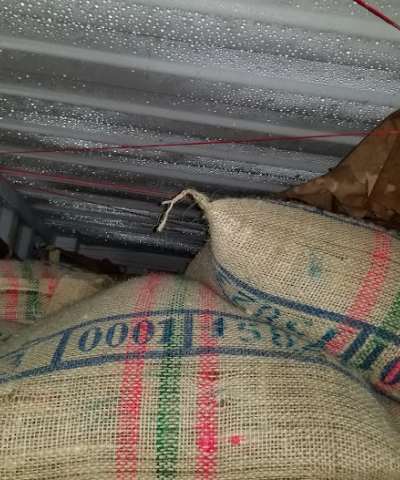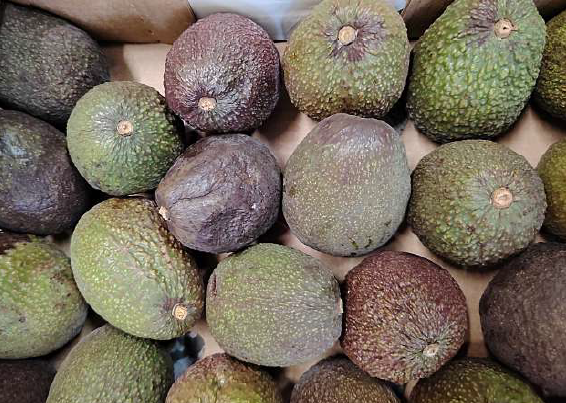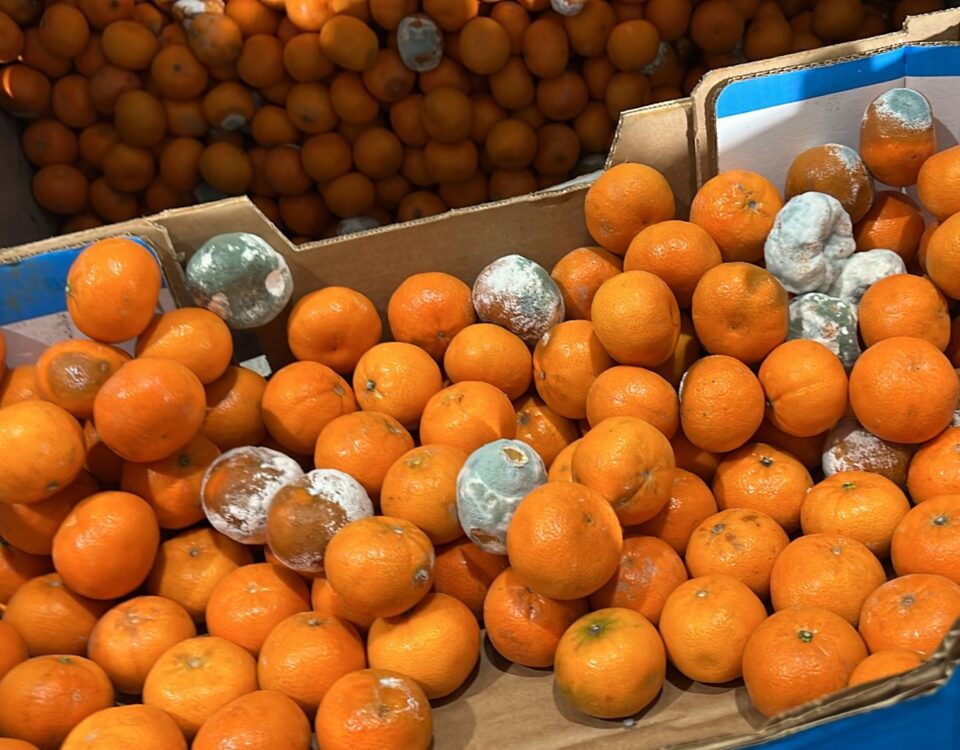Coffee condensation and cargo claims

How to stand out in the market today as a Freight Forwarder?Know THIS
September 7, 2021
Reefer Cargo Total Loss Due To Late Release From The Port
September 26, 2021Coffee… One of the most popular beverages in the world…
Coffee cargo is delicate and can suffer transit damages. Condensation is a tough one because nobody else is liable for this damage only exporters.
Most shipping lines consider transit damages to coffee as an inherent vice and reject claims without even studying the documents. This is incorrect. Unfortunately, very few coffee traders know how to recover losses from liable parties when coffee cargo is damaged.
Before pursuing a cargo claim with the carriers, shippers need to ensure that the cause of the damage is NOT condensation.
So, how shippers can protect the coffee from condensation?
Coffee is transported in containers, either in bulk or in large jute sacks weighing 50 or 60 kilograms each. However, the quality of the container being used is extremely important to maintain the quality of the coffee while in transit. The container needs to be rust-free, dust-free, odor-free, and dry.
Transport from warm to cold climates presents a huge challenge when shipping coffee. Coffee is hygroscopic in nature. Simply put, coffee absorbs and stores moisture from the environment, thus, when traveling from warm to cool climates, condensation can build up in the container resulting in the coffee becoming wet and moldy.
In order to avoid condensation, containers being used to transport coffee are packed in bags well treated, fumigated, and with mininum humidity levels. Container side panels and roof are lined with cardboard or kraft paper to absorb any condensation build-up in the containers.
When stowing the bags of coffee in the container for transportation, the bags should also be stuffed like house bricks, known as “saddle stow” rather than one bag on top of another. This reduces the air gaps between the bags which limits the opportunity for moisture circulation.
When loading containers of coffee onboard a ship, the position of the coffee containers should be well considered. Containers stowed at the top of a stack will encounter more extreme temperature differences, with the sun beating down on them in warmer climates and snow falling in winter climates.
Excessive transit time exacerbates the risk of condensation build-up in containers. Therefore the shortest routings should be selected.
In case shippers duly fulfilled the above-mentioned responsibilities and have evidence such as pre-shipment survey report to prove it, and cargo is still damaged in transit, THEN you have a right to assume that the cause of the damage was not condensation, but the carrier’s negligence: mostly water ingress through container holes, dents, rusts, door gaskets, flooding, heavy rains, etc.

Cargo claims water ingress. Holed container roof.
Now, I want YOU to commit to yourself and defend cargo claims when coffee is damaged in transit WHEN the damage cause is NOT condensation.
Let me know about your progress at info@recoupex.com



